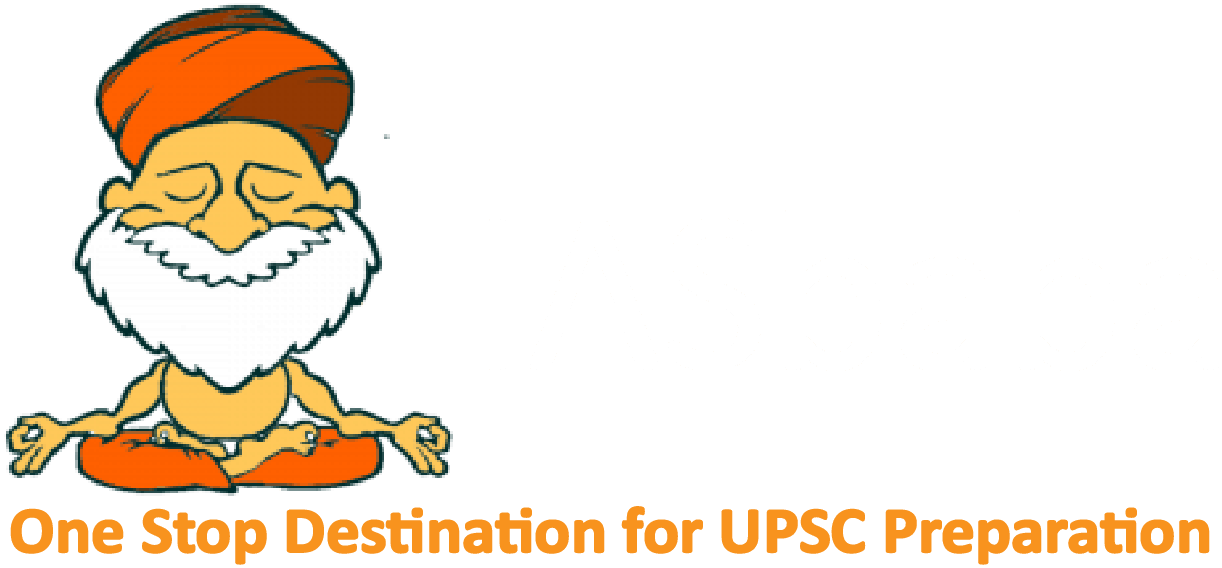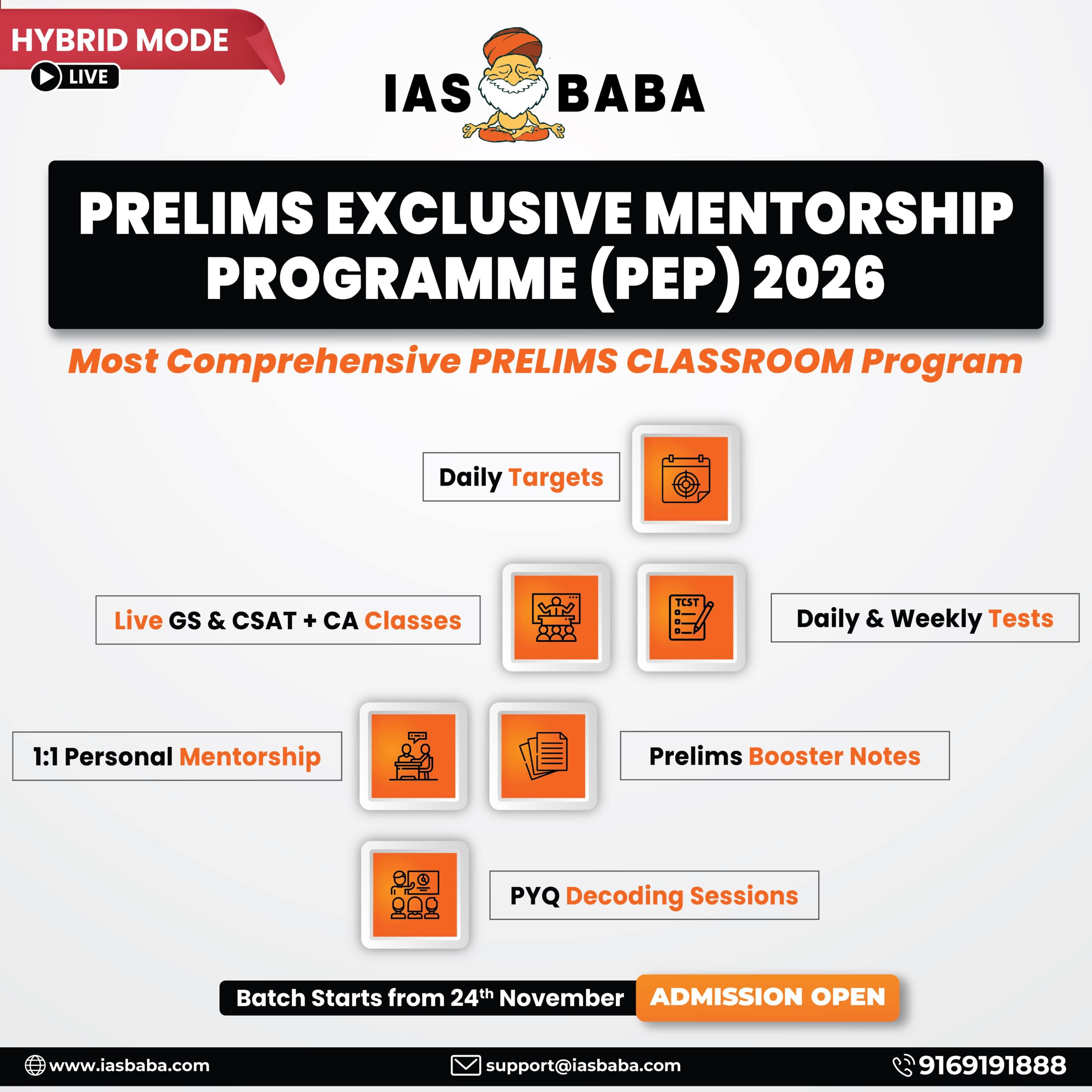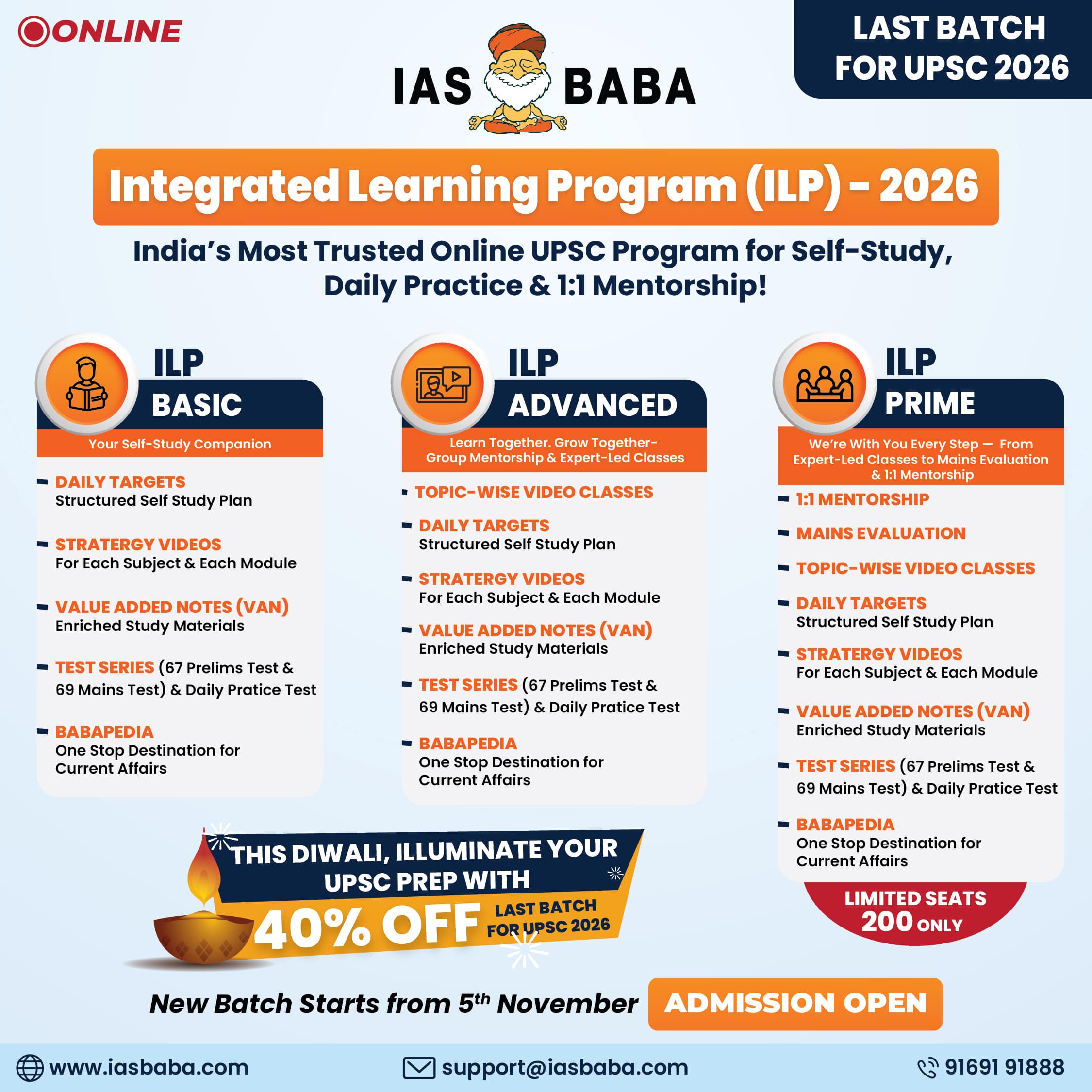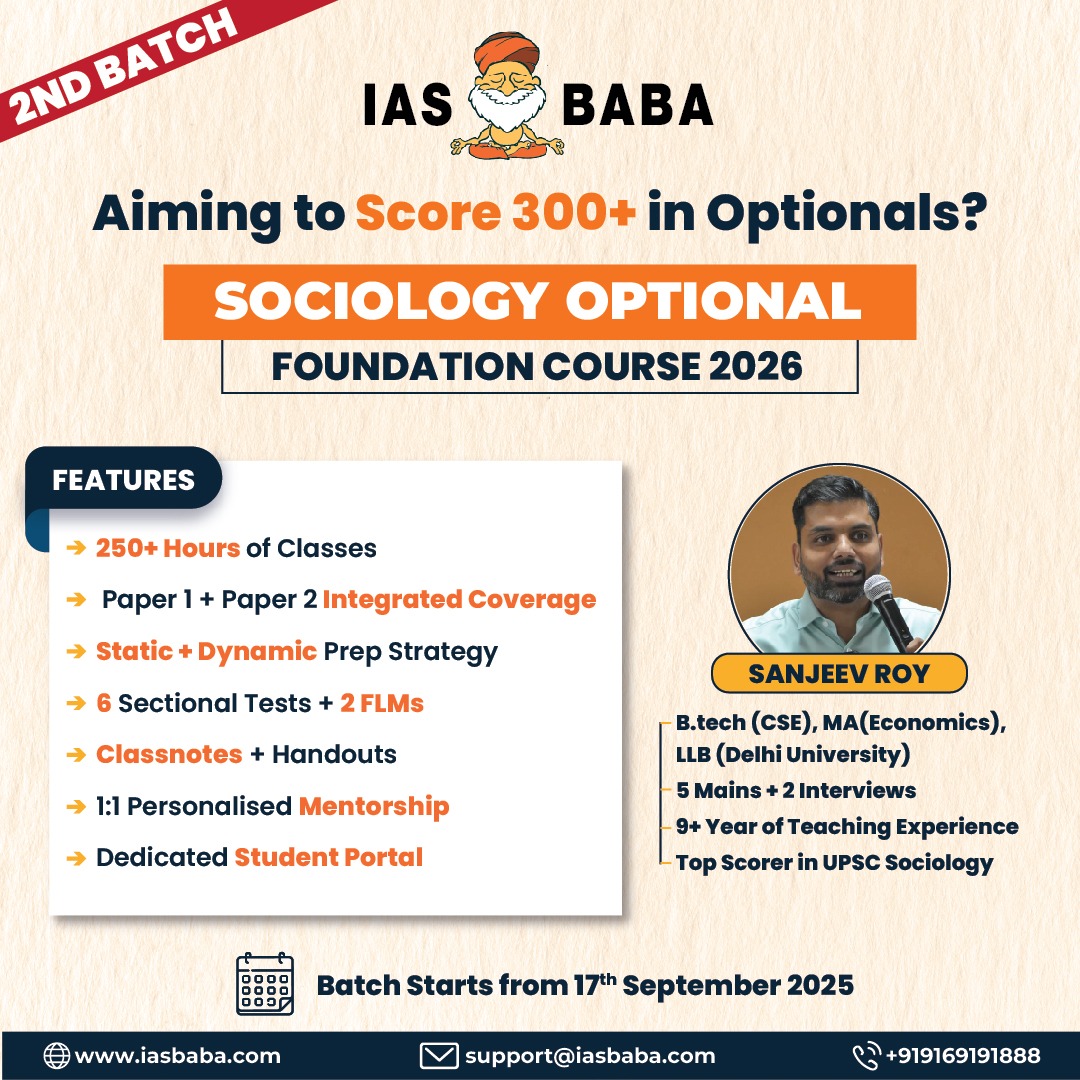IASbaba's Daily Current Affairs Analysis
rchives
(PRELIMS Focus)
Category: HISTORY
Context: The Harappan script remains undeciphered despite decades of study. To address this, the Ministry of Culture is hosting an international conference in New Delhi from September 11–13, 2025, led by the Indira Gandhi National Centre for the Arts (IGNCA).
Scholars remain divided on the language roots—some suggest Sanskrit, others Dravidian, and still others Adivasi languages like Santali and Gondi. A key challenge is the lack of bilingual texts, making comparison impossible. Many researchers believe the script encoded rules of taxation and commerce rather than direct phonetic spelling.
While some claim up to 90% of symbols have been deciphered, no consensus exists. Recent studies highlight the commercial and ritual use of seals, particularly at sites like Lothal. The conference aims to pool multidisciplinary insights, but the Harappan script officially remains undeciphered.
Learning Corner:
Harappan Language
NCERT Perspective
- NCERT highlights that the Harappans used a script of pictographs engraved mainly on seals and pottery.
- Between 250–400 signs have been identified. These are not alphabetical but pictorial, possibly representing sounds, objects, or ideas.
- Most inscriptions are very short, averaging only a few signs. This brevity prevents clear understanding of the language.
- The script remains undeciphered, and we do not yet know what language the Harappans spoke.
Scholarly Insights
- The Harappan language is unknown because the script has not been cracked and no bilingual text (like the Rosetta Stone for Egyptian) has been found.
- Hypotheses on its linguistic roots include:
- Proto-Dravidian (supported by many linguists and archaeologists).
- A language isolate, unrelated to known families, inferred from certain substratum influences in later Sanskrit.
- Some fringe theories suggest links to early Indo-Aryan or tribal languages, but none are proven.
- The inscriptions are usually written right to left, sometimes alternating direction (boustrophedon).
- Statistical studies suggest the signs follow structured patterns, implying it was likely a formal communication system.
Challenges in Decipherment
- Short inscriptions make it difficult to analyze grammar or syntax.
- Unknown underlying language prevents phonetic assignments.
- No bilingual evidence exists to provide a breakthrough.
Probable Function
- The script may not have been used for long narrative writing.
- Evidence suggests it was mainly for economic, administrative, and ritual purposes—for example, marking trade goods, recording rations, or identifying ownership.
Harappan Civilization
Chronology and Extent
- Flourished between 2600 BCE – 1900 BCE (Mature Harappan phase).
- Spread across present-day India, Pakistan, and Afghanistan; largest among Bronze Age civilizations, covering over 1.5 million sq. km.
- Major sites: Harappa, Mohenjodaro, Dholavira, Lothal, Kalibangan, Rakhigarhi.
Urban Planning
- Known for well-planned cities with grid patterns, straight streets, and advanced drainage systems.
- Use of standardized burnt bricks in construction.
- Division into Citadel (public buildings, granaries, baths) and Lower Town (residential areas).
- Great Bath at Mohenjodaro is a striking example of public architecture.
Economy
- Agriculture: Wheat, barley, peas, sesame, and cotton (world’s earliest evidence). Irrigation was limited but floodplains were fertile.
- Trade: Internal and external—links with Mesopotamia, Oman, and Persia; export of beads, cotton textiles, and precious stones.
- Crafts: Bead-making, pottery, metallurgy (copper, bronze, gold, silver).
Polity and Society
- No clear evidence of kingship or centralized monarchy; authority may have been with merchants, priests, or elite councils.
- Society appears relatively egalitarian—uniform town planning and weights suggest standardized control.
- Seals with animal motifs indicate religious, administrative, or trade significance.
Religion and Beliefs
- Evidence of Mother Goddess worship and male deities resembling proto-Shiva (Pashupati seal).
- Sacred animals like the bull and unicorn symbol.
- Fire altars at Kalibangan; no temples found.
- Belief in afterlife suggested by burial practices.
Script and Language
- Indus script: Pictographic with ~250–400 signs; still undeciphered.
- Inscriptions are short, mainly on seals and pottery.
- Language remains unknown.
Decline
- By 1900 BCE, decline began due to a combination of factors:
- Climatic changes (drying of Saraswati river, floods).
- Overuse of resources and decline in trade.
- Possible invasions or internal social changes.
- By 1300 BCE, most cities were abandoned.
Source: THE INDIAN EXPRESS
Category: INTERNATIONAL
Context : Ethiopia has inaugurated the Grand Ethiopian Renaissance Dam (GERD) on the Blue Nile
Ethiopia has inaugurated the Grand Ethiopian Renaissance Dam (GERD) on the Blue Nile, Africa’s largest hydroelectric project. Standing 170 meters tall and nearly 2 km wide, the dam can hold 74 billion cubic meters of water and generate 5,150 MW of power, boosting Ethiopia’s energy capacity and reducing blackouts.
Egypt, which depends on the Nile for almost all its water, has strongly opposed the project, calling it an “existential threat” and protesting at the UN Security Council. It fears reduced water supply could harm its national security.
Ethiopia maintains the dam will not harm downstream nations, as it is for electricity, not irrigation. The project is expected to benefit the region by enabling electricity exports and industrial growth. Despite mediation efforts by global powers and the African Union, the dispute remains unresolved, with GERD symbolizing both Ethiopia’s progress and a source of regional tension.
Learning Corner:
Grand Ethiopian Renaissance Dam (GERD)
- GERD is Africa’s largest hydroelectric project, built by Ethiopia on the Blue Nile River, near the Sudanese border.
- Construction began in 2011, and the dam is a symbol of Ethiopia’s modernization and national pride.
Key Features
- Height: 170 meters; Length: nearly 2 km.
- Reservoir Capacity: 74 billion cubic meters of water.
- Power Generation: 5,150 MW, making it the largest dam in Africa by electricity output.
- Purpose: Hydroelectric power generation (not irrigation).
Significance for Ethiopia
- Nearly 45% of Ethiopians lack electricity; GERD aims to expand access, reduce blackouts, and promote industrialization.
- Expected to generate surplus electricity for export to neighboring countries like Sudan, Kenya, and Tanzania.
- Seen as a unifying national project amid Ethiopia’s internal political challenges.
Regional Tensions
- Egypt’s Concerns: Relies on the Nile for 97% of its water; fears GERD will reduce water flow, posing an “existential threat.”
- Sudan’s Position: Mixed—concerns over water management but potential to benefit from regulated flow and cheap power.
- Diplomatic negotiations led by the US, World Bank, African Union, and others have failed to produce a binding agreement.
Source: THE HINDU
Category: INTERNATIONAL
Context: The Union government has licensed five companies — Indian Immunologicals Ltd., Techinvention Lifecare, Panacea Biotec, Biological E, and Zydus Lifesciences — to manufacture and commercialise India’s first indigenous multi-stage malaria vaccine
Indigenous Multi-Stage Malaria Vaccine in India
The vaccine targets Plasmodium falciparum before it enters the bloodstream, aiming to block infection and reduce community transmission. It is designed to be affordable, stable, scalable, and provides protection for more than nine months.
Its development involved ICMR-National Institute of Malaria Research, National Institute of Immunology, and other biotech institutions. India accounts for 1.4% of global malaria cases and 66% of cases in Southeast Asia, making the vaccine a critical step to curb disease burden and enhance public health.
Learning Corner:
AdFalciVax – India’s Indigenous Malaria Vaccine
Overview:
AdFalciVax is India’s first indigenous recombinant chimeric malaria vaccine, developed by the Indian Council of Medical Research (ICMR) in collaboration with its research institutes. It targets Plasmodium falciparum, the deadliest malaria parasite, and is designed to prevent both individual infections and transmission in the community.
Key Features:
- Dual-Stage Protection:
- Pre-erythrocytic stage: Prevents liver infection using the circumsporozoite protein.
- Transmission-blocking stage: Inhibits parasite development in mosquitoes using a fusion protein.
- Production Platform: Uses Lactococcus lactis, a safe, food-grade bacterium, ensuring scalable and cost-effective vaccine production.
- Thermal Stability: Maintains efficacy for over nine months at room temperature, making it suitable for distribution in tropical regions with limited cold-chain infrastructure.
- Immunogenicity: Induces robust and long-lasting immunity, with protection lasting several months post-booster dose.
Source: THE HINDU
Category: ECONOMICS
Context : At the 28th Universal Postal Congress in Dubai, Union Minister Jyotiraditya Scindia launched the UPI–UPU Integration project
UPI–UPU Integration Project
The initiative links India’s Unified Payments Interface (UPI) with the Universal Postal Union’s Interconnection Platform (IP), combining the global postal network with UPI’s real-time, affordable digital payments ecosystem.
This integration will enable families across borders to send money faster, more securely, and at lower costs, particularly benefiting migrants and digitally excluded communities.
India also used the Congress to outline its vision of leveraging digital logistics, AI, and South–South cooperation, positioning itself as a leader in technology-driven financial inclusion and global postal modernization.
Learning Corner:
Universal Postal Union (UPU)
- Established: 1874, with the Treaty of Bern.
- Headquarters: Bern, Switzerland.
- Specialized UN Agency: Since 1948, UPU has been a specialized agency of the United Nations.
- Members: 192 countries.
Role and Functions
- Acts as the primary forum for international cooperation in the postal sector.
- Frames rules for international mail exchanges and sets standards for cross-border postal services.
- Coordinates policies among member nations to ensure affordable, reliable, and universal postal services.
- Promotes development of digital postal services, e-commerce, and financial inclusion through the global postal network.
- Provides technical assistance to developing countries in modernizing postal systems.
Governance
- Congress: Supreme decision-making body, held every 4 years.
- Council of Administration and Postal Operations Council: Handle governance and operational matters between Congresses.
- International Bureau: The permanent secretariat in Bern.
Significance
- Facilitates global connectivity through affordable postal services.
- Plays a growing role in digital transformation, including logistics, e-payments, and sustainable development.
Source: PIB
Category: POLITY
Context: The Ministry of Education celebrated ILD 2025 on September 8.
Theme: “Promoting Literacy in the Digital Era” at Dr. Ambedkar International Centre, New Delhi.
Key Highlights:
- Attended by Union Minister Dharmendra Pradhan (virtually), Minister of State Jayant Chaudhary (Chief Guest), and other stakeholders.
- Focused on digital, civic, and financial literacy alongside traditional literacy.
- Himachal Pradesh was declared the 5th fully literate state/UT after Tripura, Mizoram, Goa, and Ladakh.
Initiatives:
- ULLAS–Nav Bharat Saaksharta Karyakram drives literacy via community participation and hybrid learning.
- ULLAS Literacy Week (Sept 1–8) registered non-literates and volunteers nationwide.
- Learning material is now available in 26 Indian languages for inclusivity.
Vision:
ILD 2025 highlighted how digital tools aid literacy, numeracy, and lifelong learning, particularly in underserved regions. The government reiterated its goal of universal literacy aligned with the vision of Viksit Bharat.
Learning Corner:
Definition of Literacy in India
In India, a person is considered literate if they are aged 7 years or above and can read and write with understanding in any language. This definition is consistent with international standards and is used in official surveys.
Literacy Rate in India (2023–24)
- Overall literacy rate: 80.9% for individuals aged 7 and above.
- Male literacy rate: 87.2%
- Female literacy rate: 74.6%
The figures highlight a gender gap of 12.6 percentage points in literacy rates.
Top-Performing States
The states with the highest literacy rates are:
- Mizoram – 98.2%
- Lakshadweep – 97.3%
- Kerala – 95.3%
These states have implemented effective educational policies and community engagement programs to achieve high literacy.
Source: PIB
(MAINS Focus)
Introduction (Context)
The conflict between political pressures and professional integrity is one of the most persistent challenges faced by India’s civil servants.
The recent incident in Solapur (August 2025) involving young IPS officer Anjana Krishna V S brought this tension into sharp focus.
Politicians and Civil Servant relations
Politicians and bureaucrats are two vital pillars of governance.
In a democracy, power vests with the people. This power is exercised through its elected representatives who have the mandate to govern them for a specific period. On the other hand, bureaucrats ensure neutral, efficient, and lawful implementation of policies designed.
Together, they form a complementary relationship, thus a balance between the two is essential to uphold constitutional values, ensure accountability, and deliver good governance.
Models of Politician–Bureaucrat Relationship
Scholars of public administration, have identified several models to explain the interaction between politicians and civil servants:
- Total Separation Model (Finer, 1941)
- Civil servants are expected to unquestioningly follow orders from political executives.
- Bureaucracy functions purely as an implementing arm with no discretion.
- Village Life Model (Riggs, 1961)
- Politicians and bureaucrats are considered part of a unified governing elite, sharing values and objectives.
- Conflict is minimal, and harmony in decision-making is assumed.
- Functional Village Life Model (Riggs, 1961)
- Recognizes partial overlap between political and bureaucratic roles.
- Both groups may share similar backgrounds, values, or networks, creating a sense of integration while retaining functional differences.
- Adverse Model (Mosher, 1968)
- Highlights conflict and competition between the two groups, as both struggle for power and influence.
- Politicians emphasize responsiveness to people, while bureaucrats stress rule-based administration.
- Civil Service Dominance Model (Max Weber)
- Assumes a clear division between policy formulation (politicians) and implementation (bureaucrats).
- However, in practice, bureaucrats emerge dominant due to expertise, continuity, and control over information.
However, in reality there are issues related to political interference vs professional integrity. This can be understood through the following case.
Case
- In August, 2025, IPS officer Anjana Krishna V S, posted in Solapur district, led a police team to Kurdu village, Madha taluka, to investigate complaints of illegal soil and sand excavation being carried out for road construction without valid permissions.
- Villagers claimed that the work had Gram Panchayat approval, but could not produce any official documents. Upholding her duty, Anjana initiated enforcement measures.
- During the operation, a local NCP worker, Baba Jagtap, connected her via phone to Maharashtra Deputy Chief Minister Ajit Pawar, who allegedly instructed her to halt the crackdown, citing the ongoing Maratha agitation and the need to avoid escalation.
- Maintaining professional composure, Anjana responded: “I am unable to verify if I am speaking with the Deputy Chief Minister. Could you please call me directly on my official number?”
- This response reportedly angered Pawar, who threatened action against her and pressed her to stop the operation, asking her to coordinate with the Tehsildar instead.
- Ultimately, after confirming the absence of valid permissions, Anjana proceeded with enforcement.
Anjana Krishna has maintained Ethics and integrity by:
- Choosing constitutional duty over appeasing political authority.
- Acting on facts (lack of permission) despite calls to “maintain peace.”
- Professional firmness in face of intimidation.
- Maintained neutrality and professional integrity.
Political interference vs Professional integrity
Political interference has been defined as the improper political influence that seeks to bias decision-making, violate procedures, or achieve outcomes contrary to established laws and policies.
Whereas professional integrity means acting consistently with ethical principles and public interest, independent of personal or political motives.
Impact:
- Political interference undermines bureaucratic neutrality, rule of law, and public trust.
- Professional integrity strengthens institutional credibility, citizen confidence, and ethical governance.
- Clash between the two creates ethical dilemmas, delays, and potential compromise in decision-making.
- Can weaken democratic processes if officers prioritize political expediency over public interest.
Steps needed
- Establish and enforce clear codes of conduct and ethical frameworks within government organizations.
- Promote ethical leadership and provide regular, in-depth ethics training for public servants.
- Create independent oversight bodies and implement robust whistleblower protections.
- Ensure merit-based recruitment, promotion, and performance appraisal to reduce political influence.
- Adopt transparent processes through e-governance, digitization, and open access to public information.
- Maintain proper documentation and audit trails to support accountability and defend actions.
- Encourage civil servants to cultivate personal resolve and moral courage to resist illegal or unethical directives.
- Strengthen knowledge of rules, regulations, and procedures so officers can act confidently under pressure.
- Foster public awareness about citizen rights and the importance of ethical governance.
- Build a supportive institutional and societal environment that recognizes and rewards integrity.
Conclusion
The case of IPS officer Anjana Krishna V S highlights the conflict between political interference and professional integrity. By acting impartially and upholding professional integrity, she exemplifies ethical conduct.
Upholding professional integrity is not only vital for effective governance but also essential for sustaining democracy, ensuring accountability, and inspiring public trust in state institutions.
Mains Practice Question
Q Discuss the conflict between political pressures and professional integrity in the civil services. Examine its impact on governance and suggest measures to uphold integrity while ensuring accountability. (250 words, 15 marks)
Introduction (Context)
Urbanisation is the process by which an increasing proportion of a population lives in urban areas, primarily due to rural-to-urban migration, natural growth within cities, and expansion of urban settlements.
In Kerala, urbanisation is accelerating faster than infrastructure and governance can keep up, while climate stress lurks in floods, landslides, coastal erosion, and unpredictable weather.
In response, Kerala decided to tackle the problem head-on with the Kerala Urban Policy Commission. This can be replicated across the nation to tackle rapid urbanisation.
Urbanisation in Kerala
- Kerala’s landscape is unique. Unlike other States where rural and urban spaces are distinct, Kerala exhibits a “rurban continuum” where villages merge seamlessly with towns and cities. This creates a settlement pattern where rural and urban features co-exist.
- Kerala is urbanising faster than the national average. Projections show 80% urban population by 2050 (compared to India’s projected 50%).
- Due to this, infrastructure and governance systems are struggling to match this pace.
- Meanwhile, climate threats were intensifying. Floods devastated Ernakulam; landslides shattered hillsides; and coastal zones reeled from sea-level pressures. The gap between crisis and planning was growing wide.
Recognising the urgency, the Kerala government established the Kerala Urban Policy Commission (KUPC) in December 2023, India’s first State-level urban commission tasked with creating a 25-year roadmap for urban transformation.
What is Kerala Urban Policy Commission?
- Constituted in December 2023 as a break from India’s centralised, project-driven urban model (like Smart Cities Mission or AMRUT).
- It was a political acknowledgement that Kerala needed its own compass tailored to its place, history, and climate context.
- No other State had taken such a leap. Therefore, the KUPC became India’s first State-level urban commission, signalling a paradigm shift from reactive fixes to systemic thinking.
- It aimed to view cities as climate-aware ecosystems, not merely sites of infrastructure building.
KUPC report recommendations
- Climate and Risk-Aware Zoning
- Mandatory integration of hazard maps (floodplains, landslide zones, coastal inundation areas) into urban master plans.
- Shift from reactive relief to preventive resilience.
- Digital Data Observatory
- Real-time data nerve centre at Kerala Institute of Local Administration.
- Uses:
- LIDAR (Light Detection and Ranging)
- Ground Penetrating Radar
- Tide and water gauges
- Satellite and weather feeds
- Provides live dashboards for municipalities to take evidence-based decisions.
- Green Fees and Climate Insurance
- Environmental levies for projects in eco-sensitive zones to fund resilience.
- Parametric insurance for disaster-prone areas ensuring automatic payouts during floods, storms, or landslides.
- Fiscal Empowerment through Bonds
- Municipal Bonds for large cities like Kochi, Thiruvananthapuram, Kozhikode.
- Pooled Bonds for smaller municipalities to access funds collectively.
- Already integrated into Kerala’s 2024 interim Budget.
- Governance Overhaul
- Replace bureaucratic inertia with elected city cabinets led by mayors.
- Specialist cells on climate, waste, mobility, and law with trained municipal cadres.
- “Jnanashree Programme” to deploy youth tech talent into municipal governance.
Place-Based Economic Revival
- Thrissur-Kochi: FinTech hub.
- Thiruvananthapuram-Kollam: Knowledge corridor.
- Kozhikode: UNESCO “City of Literature.”
- Palakkad & Kasaragod: Smart industrial zones.
Commons, Culture, and Care
- Revive wetlands and traditional water systems.
- Reactivate waterways for sustainable transport.
- Preserve cultural heritage zones.
- Establish City Health Councils for migrants, gig workers, and students.
Rather than imposing “top-down solutions,” policies were co-produced with citizens, giving Kerala an urban intelligence engine.
Lessons for Other States
- Establish time-bound urban commissions customised to local realities.
- Blend data and dialogue: scientific mapping + citizen stories.
- Empower municipalities financially through green fees, bonds, and insurance mechanisms.
- Embed climate resilience across every urban planning pillar.
- Institutionalise youth and specialist participation in urban governance.
Conclusion
Kerala’s Urban Policy Commission shows that urbanisation must go beyond infrastructure expansion to become climate-sensitive, financially empowered, and community-driven. By blending local narratives with data and empowering municipalities, it provides a replicable model for sustainable, inclusive, and resilient cities — a lesson for India as it braces for rapid urban growth.
Mains Practice Question
Q Urbanisation in India is often seen as a problem of infrastructure deficits and governance gaps. Discuss how Kerala’s Urban Policy Commission provides a sustainable framework for other States.(250 words, 15 marks)














